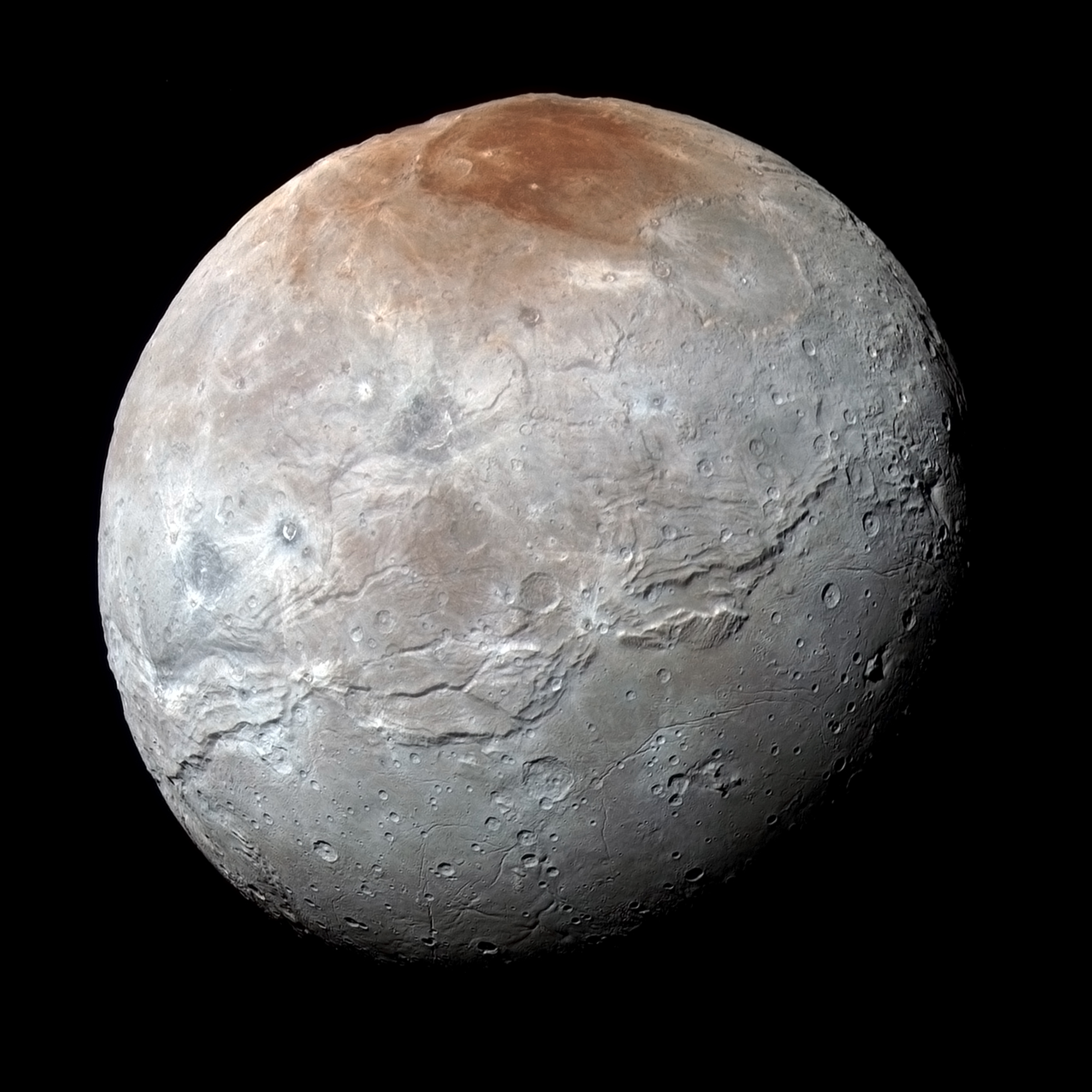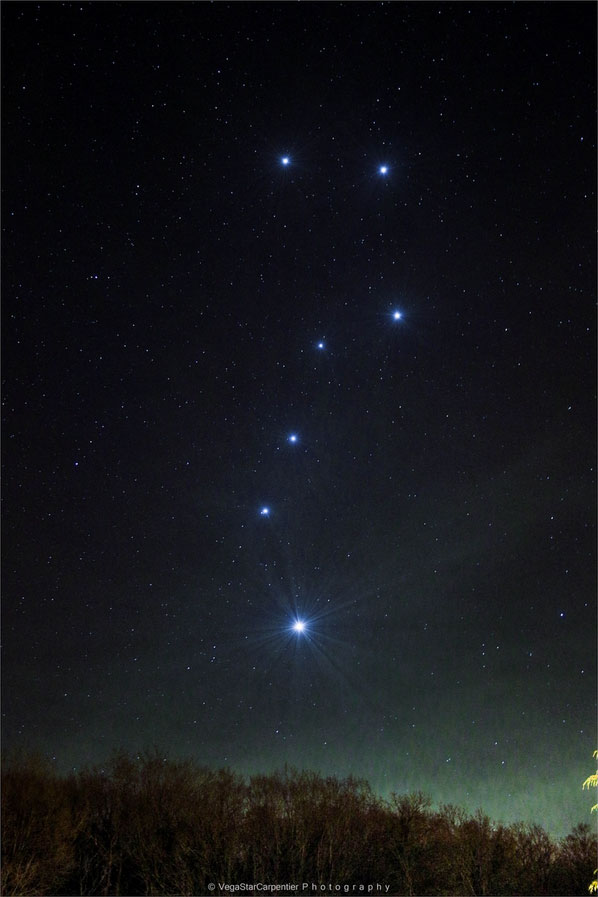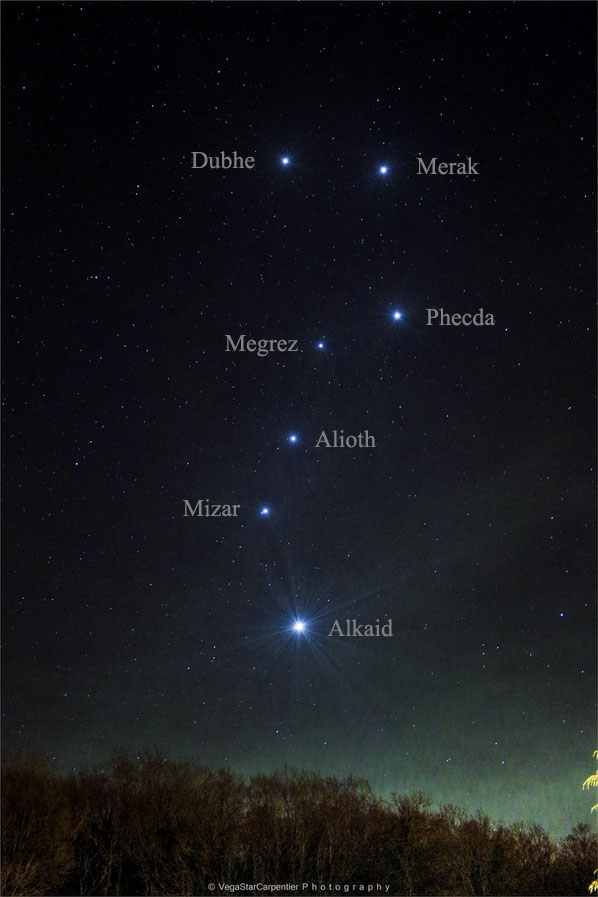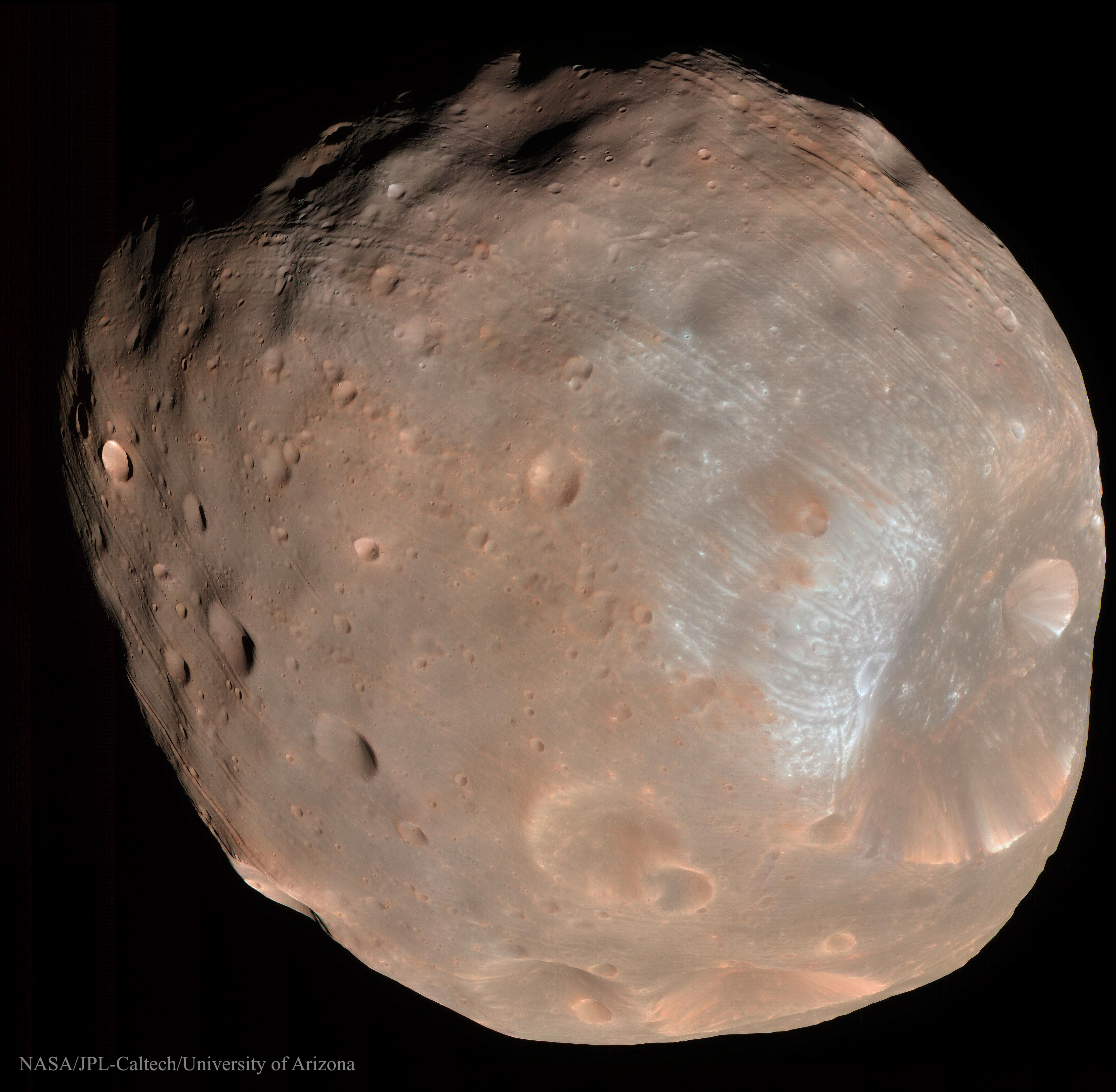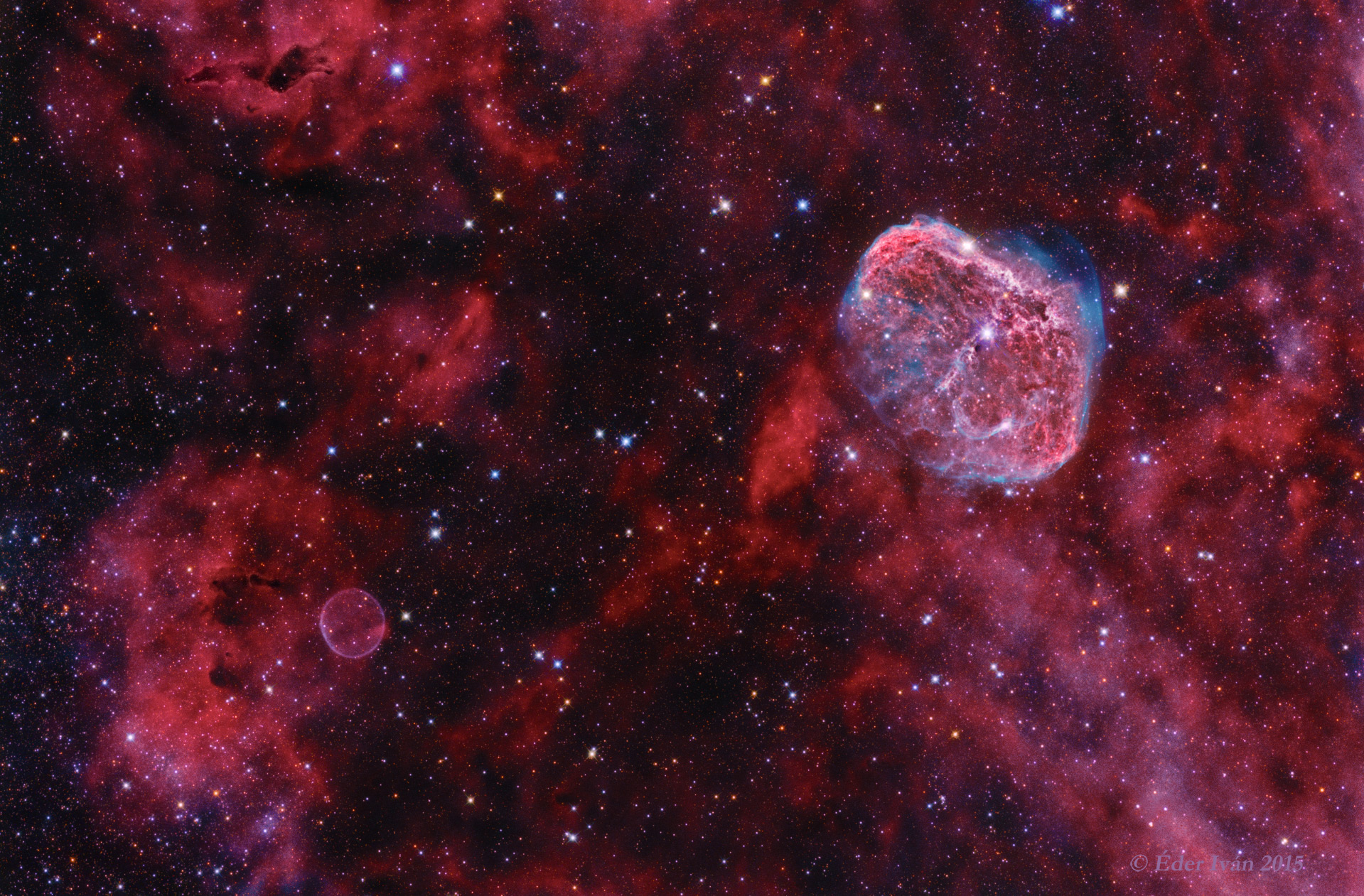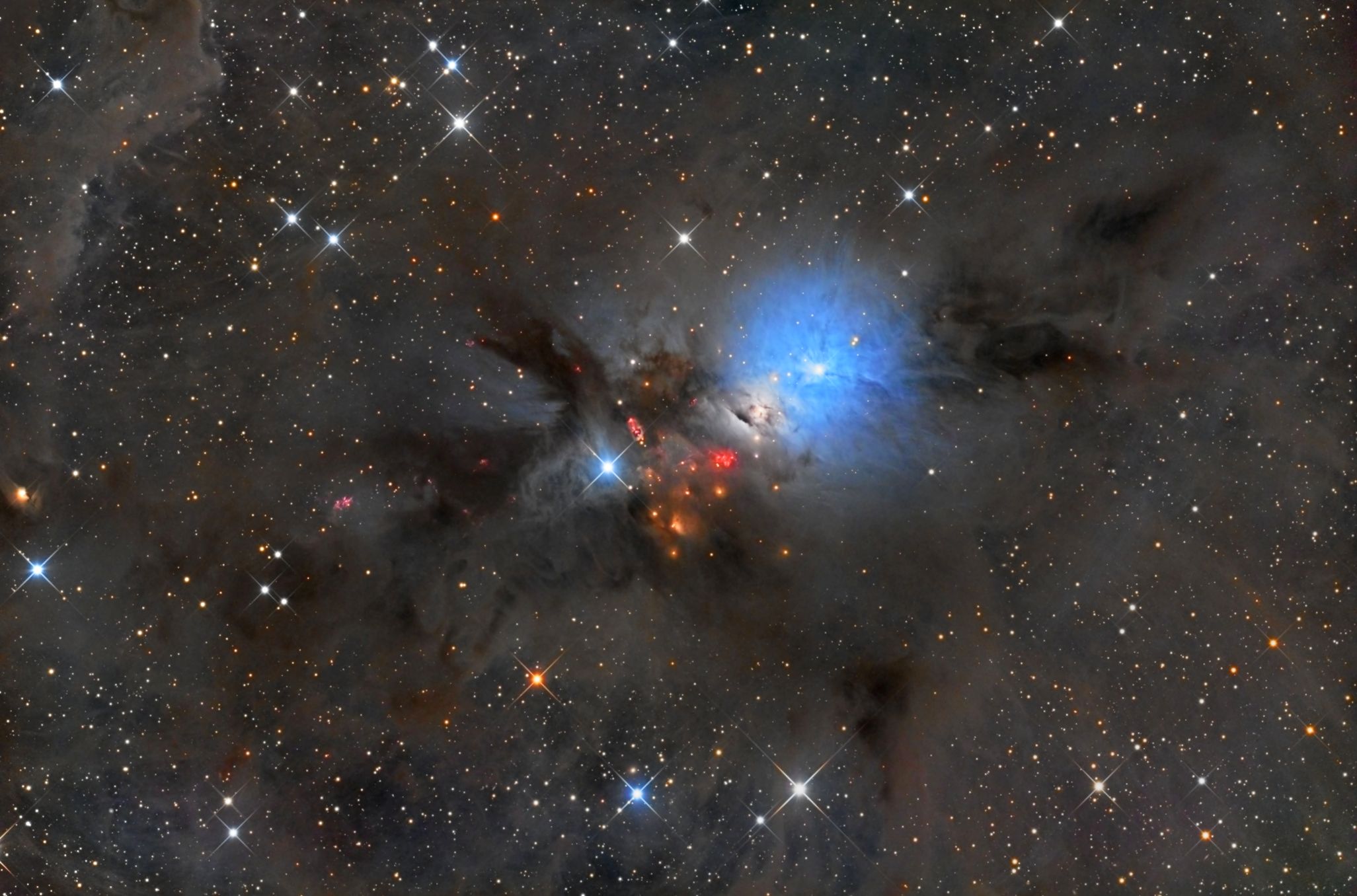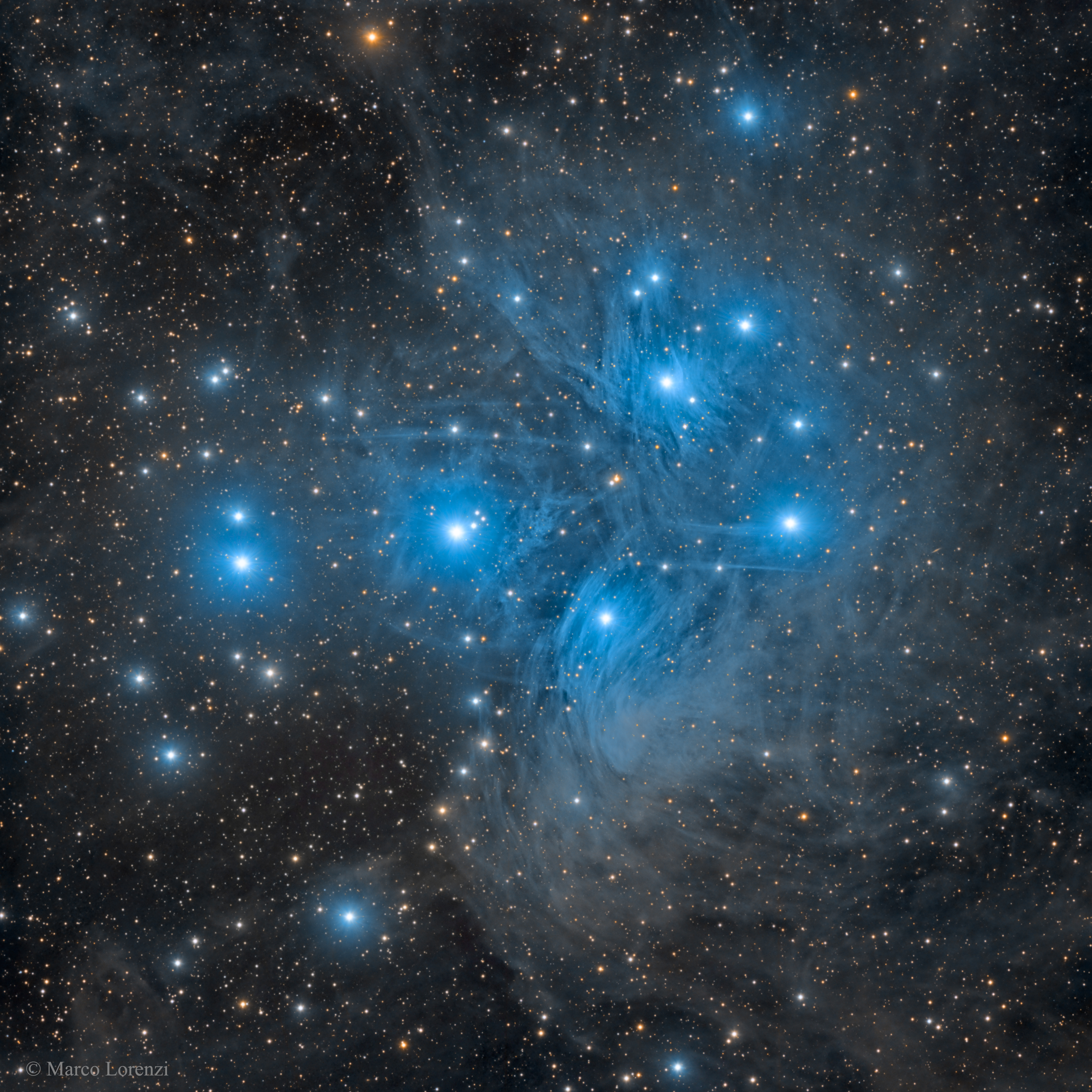Bonus Post today about planetary orbits and how other planets orbits can affect each other. You may have heard recently, that they found some evidence about a possible ninth planet (a 10th if you refuse to accept Pluto is no longer a planet) If this planet exists, it's expected that it used to be much closer to the Sun, but most likely Jupiter might have caused it's orbit to change and now it's much much further out than it used to be. This post helps explain how that would happen.
Anyhow, here is a video and a post about it from Brian Koberlein, Senior Lecturer of Physics and Astronomy at The Rochester Institute of Technology
Below, he references Kerbal Space, but doesn't say what it is. It's a Space Program simulation program (like NASA) where you can learn to launch rockets and other NASA stuff. You can find it
here at the Kerbal Space Program Website
You can visit Brian's awesome blog here:
www.briankoberlein.com
---------------------------------------------------------------
Dance Of The Planets
The above animation shows the orbits of planetary bodies in Kerbal Space. It’s a demonstration of what happens when you take into account the small gravitational interactions between planetary bodies, not just the gravity of the central mass. What you notice is that most of the bodies have stable orbits, but they aren’t absolute. Instead there is a kind of wobbly dance where the orbit has small variations over time. While Kerbal Space isn’t particularly accurate in a scientific sense, its a great visual for what planetary orbits actually do.

The variation of Earth’s orbital parameters over time. Credit: Wikipedia
Early in the history of solar system, planetary bodies still had a great deal of variation, and sometimes underwent radical changes in their orbit. We know, for example, that Jupiter was
once much closer to the Sun, and
Uranus and Neptune have switched places. There may even been a
fifth gas planet that was thrown out of the solar system. As the solar system matured the planetary orbits became much more stable, but there are still variations on a cosmic scale. For example, the eccentricity of Earth’s orbit varies between a nearly circular 0.000055 to a mildly elliptical 0.0679 over a 400,000 year period. It’s axial tilt
varies between 22.1 and 24.5 degrees over a roughly 40,000 year cycle, and the orientation of its axis
precesses on a 26,000 year cycle. Since all of these have an effect on the severity and length of the seasons, these cycles have had an effect on Earth’s climate throughout history.
These variations haven’t been huge over the last billion years, and Earth’s orbit won’t change significantly in the future, but there will always be fluctuations in its orbit. The small gravitational tugs from other planets mean that even now Earth is part of a cosmic dance.
